Social media is an ever-changing way to communicate, and it’s not going away.
One of the first social media platforms that changed the way we communicate and share information was Facebook.
Although Facebook started off with us sharing anything that was on our minds, it takes more intentional content than food pictures and family updates for a business to give the impression they want to their target audience.
That can look different depending on who your audience is – what they enjoy, what they need, and what they're looking for. Knowing the reason your audience comes to your page is crucial to determining the types of content you should produce.
So what is your organization’s purpose? What does your audience come to you for?
Here are 3 pillars of content to help you define your purpose, which will dictate what your organization should be posting.
Educate
Your organization should be sharing valuable information with your audience about topics that you have expertise in. This is where knowing your audience comes in. Once you share information that pertains to your audience and they are interested in it, they will keep coming back for more – potentially leading them to purchase your product or service.
Be transparent! Don’t treat everything that your customers pay you to do like a trade secret. If you’re in lawn care, it’s okay to talk about what products you use and why. Could your customer go buy those same products and take care of their yard themselves? Maybe. But more than likely, they will see that you know what you’re talking about and will put their trust in you to get the job done.
Entertain
Now this is the fun stuff that makes your followers feel like they’re a part of you. This makes your organization have some personality. Show your audience who you are and give them the inside scoop on things!
Did something fun happen at the office today? Show it! The fun stuff is just as important as the information you give them.
Relate
Through entertainment and education, your organization can make it known that you understand the audience's struggles. It is the empathy you show in dealing with your audience that will build the trust and connection you are looking for. Connection equals engagement, and engagement means a growing audience.
What problems do you help customers solve? What real-life examples can you share of how you made a difference in someone’s life? Do you have the same problems your customers have, and can you show them how you handle them?
But wait – you can’t just leave it be.
Once you post something, it is so, so important to come back to it if your followers comment, have questions, or send you messages. You can provide your audience with the content they want, but a true relationship with them is what will set you apart from other businesses. It definitely takes time to truly understand and connect with your audience, but social engagement with your followers and other profiles in the same circle (likes, comments, direct messages, etc.) makes your organization more intentional and relatable.

As our resident social media expert, Sydney provides innovative perspectives to help organizations achieve their goals through various social media platforms. Her highly organized approach ensures clients get the strategy they need, at the exact moment they need it.





